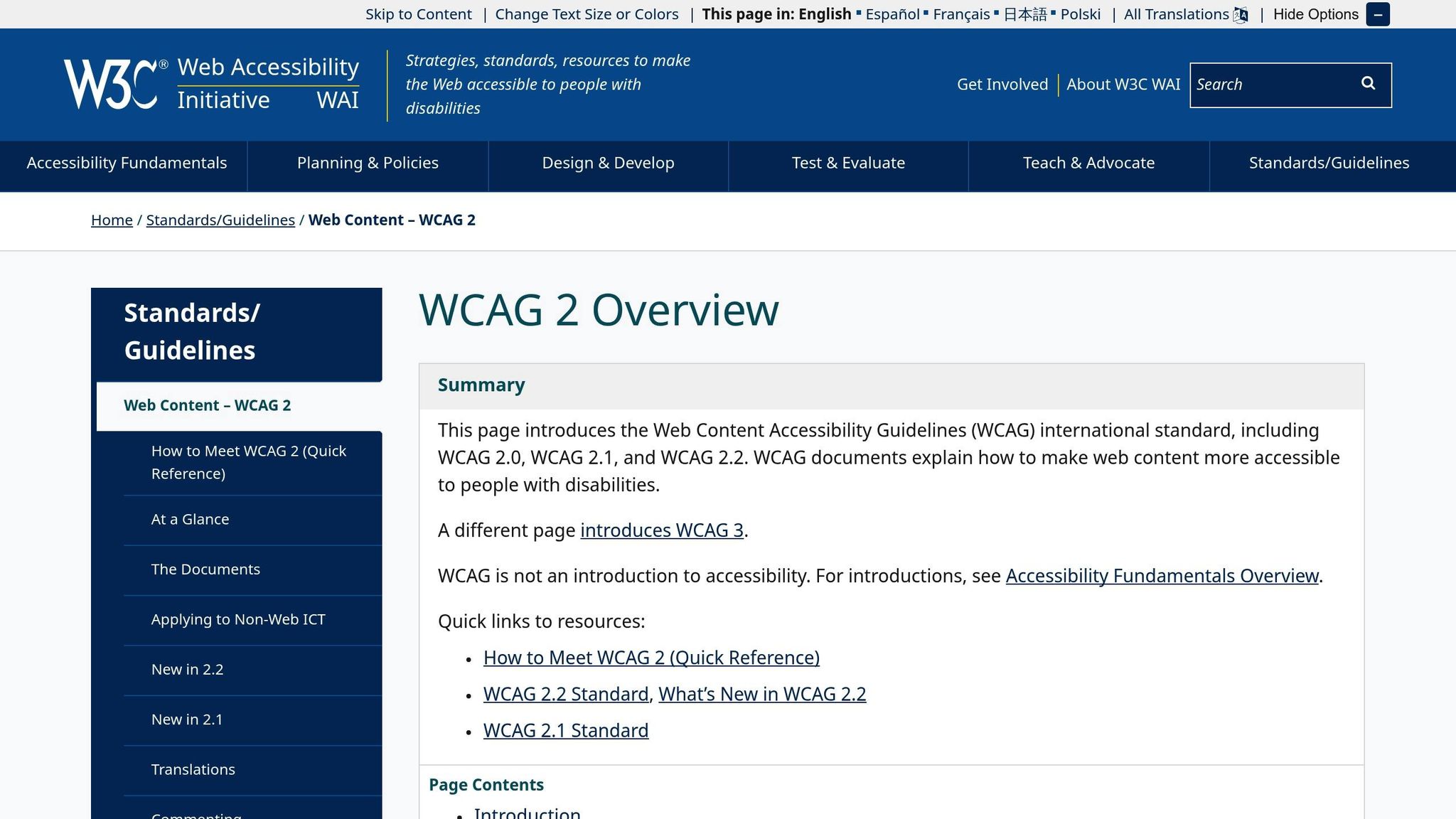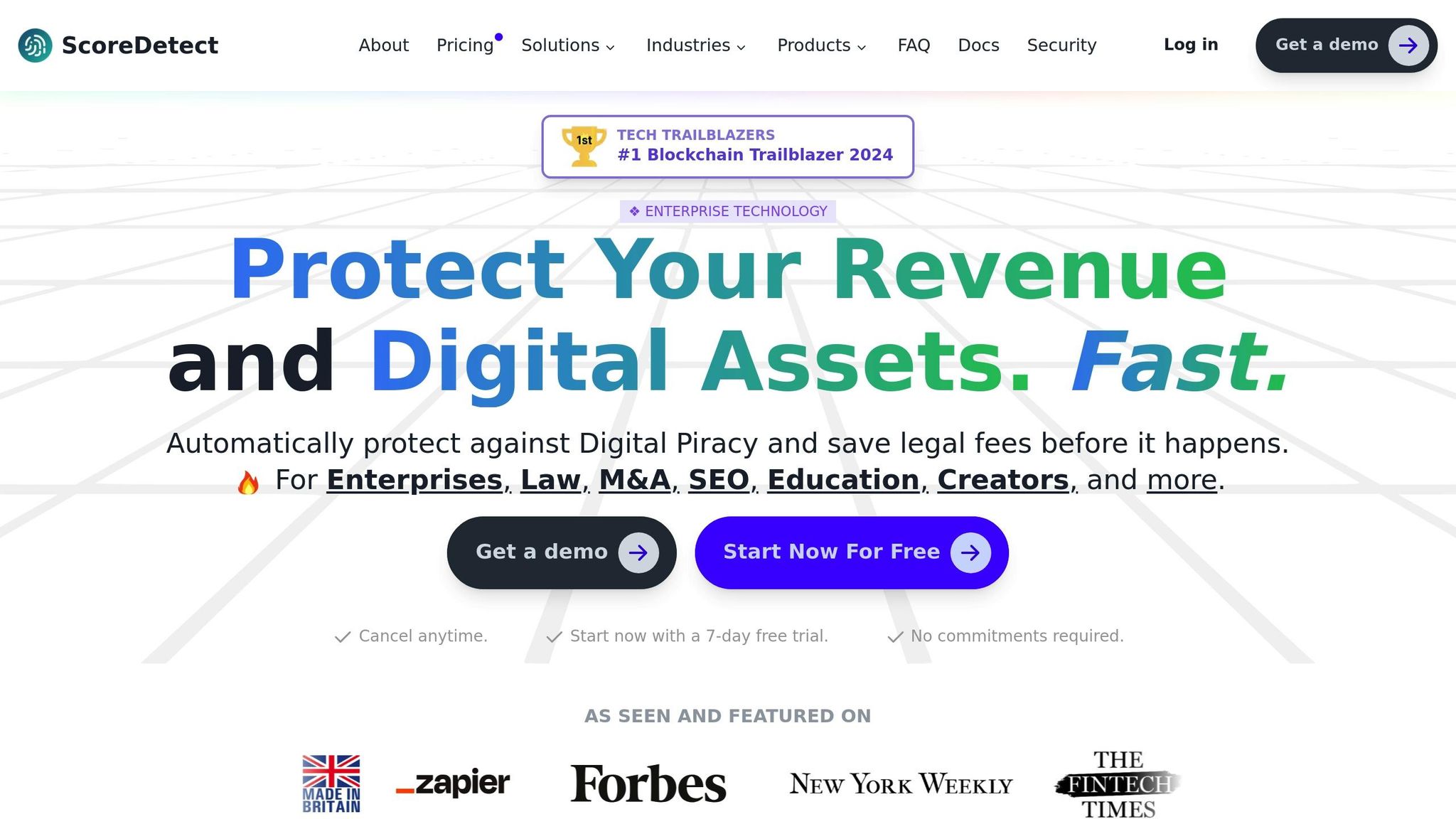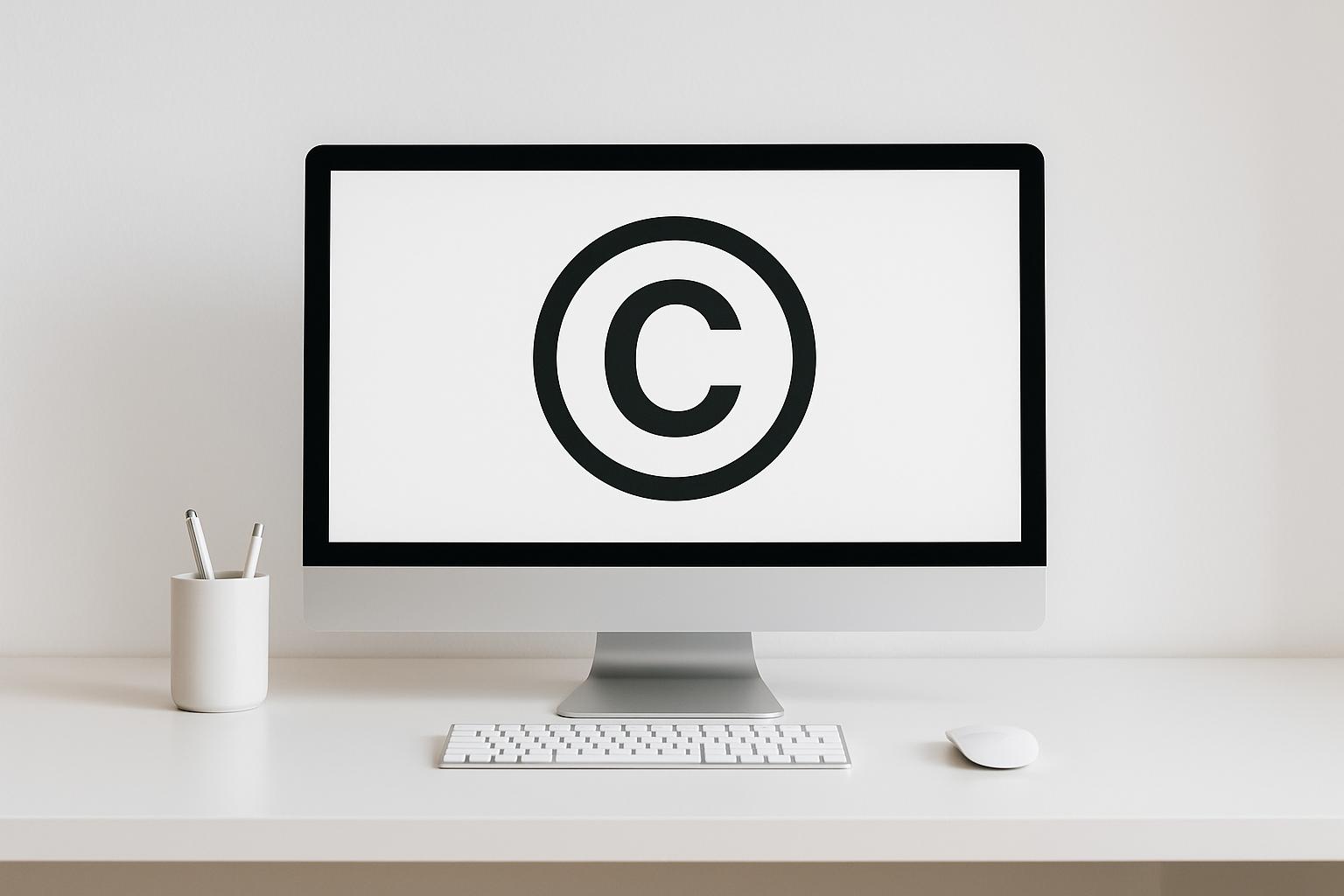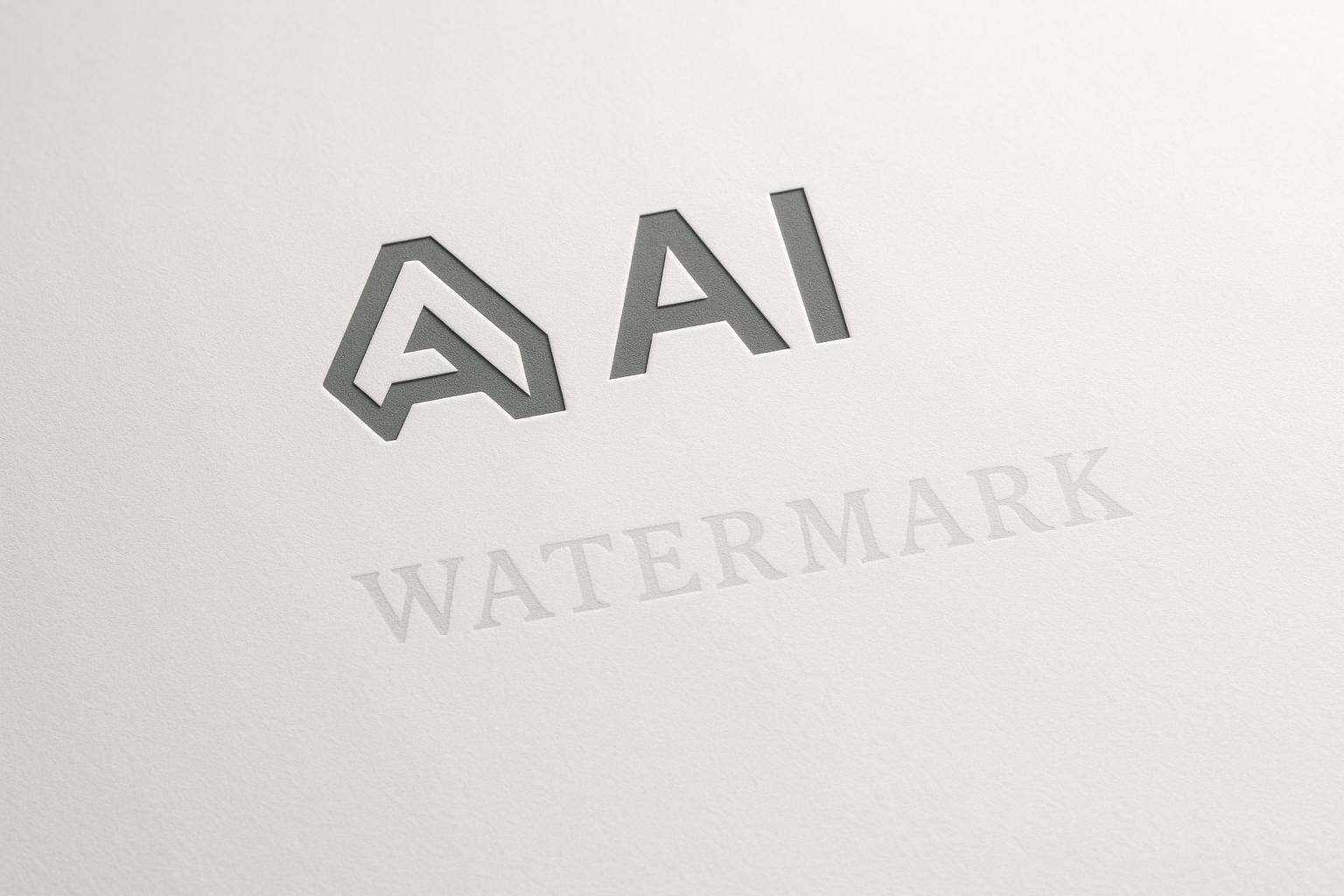Making your digital content accessible isn’t optional – it’s the law. In the U.S., laws like the ADA (Titles II and III) and Section 508 require businesses and public entities to ensure their multimedia content is usable for individuals with disabilities. Failing to comply can result in lawsuits, fines, and reputational damage. Accessibility features like captions, transcripts, audio descriptions, and keyboard navigation are critical for meeting these standards.
Key takeaways:
- ADA and Section 508 mandate accessible multimedia for businesses, government entities, and federally funded organizations.
- Courts often use WCAG 2.1 Level AA as the standard for compliance.
- Features like closed captions, audio descriptions, and keyboard-friendly controls are non-negotiable.
- Non-compliance risks include lawsuits, fines, and loss of federal funding.
- Accessibility also expands your audience, benefiting older adults and individuals with disabilities.
To stay compliant:
- Use tools and manual testing to ensure WCAG 2.1 Level AA compliance.
- Regularly audit and update your content.
- Document your efforts to demonstrate compliance if legally challenged.
Accessible multimedia isn’t just a legal requirement; it’s a smart business move that improves usability for everyone.
Main U.S. Laws for Multimedia Accessibility
ADA Title II and Title III Requirements
Under ADA Title II, state and local governments are required to ensure that their digital content – such as websites, mobile apps, and multimedia tools – is accessible to individuals with disabilities. This includes making sure that everyone, regardless of ability, can effectively use these digital platforms.
ADA Title III, on the other hand, focuses on public accommodations like restaurants, hotels, retail stores, healthcare facilities, and entertainment venues. While it doesn’t explicitly reference digital content, courts have often interpreted its provisions to include online platforms, especially when they act as extensions of physical services. For instance, a website that allows users to book a hotel room or make a restaurant reservation could fall under these requirements. Violations of Title II may lead to federal investigations and compliance orders, while Title III issues are usually resolved through private lawsuits, often seeking injunctions and attorney fees. Together, these laws emphasize the importance of creating accessible digital spaces.
U.S. courts frequently refer to WCAG 2.1 guidelines as a practical standard for assessing digital accessibility under these laws.
WCAG 2.1 Standards in U.S. Courts

Since the ADA doesn’t specify technical standards for digital accessibility, courts often rely on WCAG 2.1 Level AA as a benchmark. These guidelines are built on four key principles:
- Perceivable: Content must be presented in ways that users can detect and process, whether through sight, sound, or touch.
- Operable: Users must be able to interact with interface elements, including navigating with assistive technologies like screen readers or keyboards.
- Understandable: Information and navigation should be clear, predictable, and easy to follow.
- Robust: Content should work reliably across various browsers and assistive tools.
When multimedia content is evaluated, courts typically use these principles to determine compliance. Businesses that meet Level AA standards are often in a stronger position to defend against legal challenges.
Compliance Levels: A, AA, and AAA
WCAG divides accessibility requirements into three conformance levels, with each building on the previous one:
- Level A: Covers the most basic accessibility needs, such as adding alternative text for images and avoiding reliance on color alone to convey information. While essential, Level A compliance is generally not enough to ensure full accessibility.
- Level AA: Expands upon Level A by addressing more common barriers. For multimedia, this includes adding captions to videos, providing audio descriptions for visual content, ensuring sufficient color contrast, and enabling full keyboard navigation.
- Level AAA: Represents the highest level of accessibility, requiring features like sign language interpretation and enhanced audio descriptions. However, achieving full Level AAA compliance across an entire site or app is rarely practical.
Here’s how these levels compare in terms of legal considerations:
| Compliance Level | Court Acceptance | Multimedia Requirements | Legal Risk |
|---|---|---|---|
| Level A | Covers only basic needs | Basic alt text; minimal reliance on color | High |
| Level AA | Widely accepted as the standard | Captions, audio descriptions, full keyboard access | Low |
| Level AAA | Exceeds typical requirements | Sign language interpretation, advanced descriptions | Minimal |
For most organizations, Level AA strikes the right balance. It addresses key accessibility barriers while remaining practical to implement. Meeting Level AA standards demonstrates a proactive effort to make multimedia content accessible and reduces the likelihood of legal challenges.
Required Features for Accessible Multimedia
Required Accessibility Features
To meet legal standards and ensure inclusivity, multimedia must include specific features designed to accommodate people with disabilities. These features are critical for meeting ADA requirements and are often scrutinized during compliance evaluations.
Captions and Subtitles are the cornerstone of accessible video content. Captions should be precisely synchronized with the video, covering dialogue, sound effects, and music cues, along with identifying speakers. Live content requires real-time captions, while pre-recorded videos should include professionally prepared, accurate captions.
Audio Descriptions narrate visual details that aren’t conveyed through dialogue or natural sounds. These descriptions explain actions, settings, facial expressions, and any text displayed on the screen. They should be inserted during natural pauses in the dialogue to avoid overlapping with spoken content.
Keyboard Navigation ensures that multimedia controls are fully operable without a mouse. Users must be able to play, pause, adjust volume, enable captions, and access other features using only a keyboard. Additionally, visible focus indicators should guide navigation.
Color and Contrast Requirements are vital for users with visual impairments. Interfaces must maintain a minimum contrast ratio of 4.5:1 for regular text and 3:1 for larger text. Avoid relying solely on color to convey information – use text labels or symbols as alternative indicators.
Alternative Formats provide accessible options for complex content. This might include transcripts for audio materials, text descriptions for interactive elements, or simplified versions of intricate animations and data visualizations.
Player Accessibility demands that multimedia players themselves meet accessibility standards. Controls should be labeled for screen readers, keyboard shortcuts must work seamlessly, and the player should be compatible with assistive technologies.
These features create the foundation for compliance testing, which is detailed in the checklist below.
Compliance Checklist for Multimedia
Ensuring multimedia content aligns with WCAG 2.1 AA standards requires a structured approach. The checklist below can help organizations verify that their content meets both technical and legal accessibility requirements.
Video Content Verification
- Confirm that all videos include synchronized captions covering dialogue, sound effects, and music.
- Ensure audio descriptions are available for visual elements not explained in dialogue.
- Verify that video players are fully navigable via keyboard, with controls labeled for screen readers.
Audio Content Assessment
- Provide complete transcripts for standalone audio files.
- Include alternative text descriptions for any visual elements that enhance the audio.
- Confirm that audio players meet keyboard accessibility standards.
Interface and Control Testing
- Test multimedia controls to ensure proper color contrast ratios.
- Verify functionality in high-contrast modes and when style sheets are disabled.
- Ensure controls remain accessible and functional across all scenarios.
Technical Standards Verification
- Test content on various browsers and assistive technologies.
- Confirm compatibility with screen readers like JAWS, NVDA, and VoiceOver.
- Check that keyboard navigation follows a logical tab order and that custom controls clearly announce their purpose and state.
Documentation and Maintenance
- Publish clear accessibility statements for your multimedia content.
- Establish procedures for updating and maintaining accessibility when revising content.
- Document known limitations and provide contact details for users who encounter accessibility issues.
Legal Risk Assessment
- Determine whether your content falls under ADA Title II or Title III, depending on your organization’s category.
- Assess whether the content serves critical functions that could increase legal risks if inaccessible.
- Evaluate whether current accessibility measures provide adequate protection against potential lawsuits.
Both automated and manual testing are essential to identify and address potential issues. While automated tools can catch some problems, human evaluation is crucial to ensure comprehensive compliance and avoid legal complications.
How to Make You Tube Videos ADA Compliant (Using WCAG 2.1 AA)
sbb-itb-738ac1e
International Accessibility Laws and U.S. Business Impact
For U.S. businesses aiming to expand internationally, understanding and complying with various accessibility laws is critical. Each country has its own set of regulations, enforcement mechanisms, and penalties, which can pose challenges for companies operating across borders. European regulations, in particular, highlight some of these complexities.
European Accessibility Act and EN 301 549
In Europe, accessibility laws significantly influence how U.S. companies approach compliance. The European Accessibility Act (EAA) applies to all digital products and services available in the European market, covering both business-to-consumer and business-to-business interactions.
The EAA requires adherence to the EN 301 549 standards. While these standards are largely aligned with WCAG 2.1 AA, they introduce additional requirements, especially for mobile applications and digital documents. Non-compliance can result in steep financial penalties and even restrictions on entering or continuing in the European market.
Common Standards Across Countries
Globally, WCAG 2.1 AA serves as the foundation for many digital accessibility laws. However, individual countries often build on these guidelines with their own specific requirements. For businesses, this means adopting a flexible approach tailored to meet the most stringent standards in their target markets.
Going beyond the bare minimum of compliance not only ensures adherence to legal requirements but also enhances usability for a broader audience. For U.S. companies, this approach is essential – not just to meet domestic and international accessibility laws but also to secure market access and remain competitive on a global scale.
How to Achieve and Maintain Compliance
To keep up with evolving legal requirements, businesses need to regularly evaluate and update their multimedia accessibility practices. By integrating these strategies with established international standards, companies can create a solid compliance framework that aligns with the legal guidelines previously discussed.
Testing Your Content for Compliance
Ensuring compliance requires a mix of automated tools and manual evaluations. Automated tools are excellent for quickly identifying issues like missing alt text, improper heading structures, or poor color contrast. However, they can’t catch everything – this is where manual testing comes in.
Manual testing is crucial for assessing how users interact with multimedia content. For example, you need to confirm that all multimedia controls – like play buttons, volume sliders, and caption toggles – are fully operable using only a keyboard. This ensures accessibility for users who can’t rely on a mouse. Additionally, screen reader testing with tools like NVDA or JAWS is essential to confirm that assistive technologies can interpret your content accurately. Proper audio descriptions and alt text should provide enough context for users relying on these tools.
To get a full picture of accessibility, consider hiring accessibility consultants. They bring insights that automated tools and non-disabled testers might overlook, offering a deeper understanding of how your content functions for diverse users.
Testing should happen both before and after content goes live. Pre-publication checks help catch issues early, while regular audits ensure that updates or platform changes haven’t introduced new barriers.
Ongoing Monitoring and Updates
Accessibility isn’t a "set it and forget it" task – it’s an ongoing process. Standards like the Web Content Accessibility Guidelines (WCAG) are updated periodically, with WCAG 2.2 introducing new requirements that directly impact multimedia content. Staying informed and adapting your strategies is key to staying compliant.
Audit schedules should reflect your business priorities. For instance, high-traffic or customer-facing content may need monthly reviews, while internal materials like training videos might only require quarterly assessments. Automated systems can help flag accessibility issues in new uploads, streamlining the process.
Training is another essential piece of the puzzle. Content creators, developers, and designers should regularly update their knowledge on accessibility standards. This includes learning how to write meaningful alt text, create accurate video captions, and design interfaces that work with assistive technologies. Keeping detailed records of testing, remediation, and training efforts can also serve as evidence of compliance in case of legal challenges.
Using ScoreDetect for Compliance Management

Streamlining compliance efforts becomes much easier with tools like ScoreDetect, which supports continuous testing and monitoring.
ScoreDetect offers features that simplify accessibility workflows. For example, its blockchain timestamping provides verifiable proof of when accessibility updates were made – valuable documentation for legal compliance. Through its Zapier integration, which connects with over 6,000 web apps, ScoreDetect can automate tasks like triggering accessibility tests, scheduling manual reviews, and creating compliance records whenever new multimedia content is uploaded. This ensures accessibility checks are seamlessly integrated into the publishing process.
For WordPress users, ScoreDetect’s plugin automatically logs every content update and creates blockchain-verified timestamps, offering a clear, auditable record of accessibility improvements. This is particularly useful for organizations managing extensive multimedia libraries, as it provides a reliable way to track when updates were made.
Additionally, ScoreDetect includes advanced content protection features. Invisible watermarking safeguards captioned or audio-described content from unauthorized changes, ensuring that accessibility features remain intact. This is especially valuable for organizations that invest heavily in creating accessible multimedia.
For industries like legal and healthcare, where accessibility standards are especially rigorous, ScoreDetect’s Enterprise plan offers tailored support for compliance workflows. Meanwhile, the Pro plan provides API access, enabling businesses to integrate ScoreDetect with existing accessibility tools and systems. This allows for custom workflows that automatically document testing results and track content protection activities, ensuring a thorough and efficient compliance process.
Key Points for Multimedia Accessibility Compliance
Ensuring multimedia accessibility is not just a legal requirement; it’s a critical technical and business priority. In the U.S., accessibility is regulated by laws like the ADA (Titles II and III), Section 508, and the CVAA. Globally, standards such as the European Accessibility Act also influence compliance efforts. These legal frameworks emphasize adherence to technical standards like WCAG 2.1 Level AA, which courts recognize as the baseline for accessibility.
To meet WCAG 2.1 Level AA, multimedia must include features like synchronized captions, audio descriptions, transcripts, and keyboard navigation support. These elements ensure content is usable for all audiences, including those with disabilities [2].
Failing to comply can result in steep penalties. In 2023 alone, over 4,000 ADA-related web accessibility lawsuits were filed [3]. Beyond lawsuits, organizations risk civil fines and even the loss of federal funding [2]. For businesses, compliance isn’t optional – it’s essential for legal protection and maintaining a competitive edge.
For companies with international operations, the stakes are even higher. The European Accessibility Act, effective June 28, 2025, requires all new web and audiovisual content in the EU to meet accessibility standards [4]. This means U.S. businesses serving European customers must navigate both domestic and international requirements.
Accessibility also represents a massive market opportunity. Over 1 billion people globally live with a disability, including 215 million individuals who are visually impaired [3] [5]. Addressing their needs can open doors to a larger and more inclusive audience.
To stay compliant, organizations should focus on implementing essential features like closed captions, audio descriptions, transcripts, keyboard-friendly navigation, screen reader compatibility, and adequate color contrast [5]. Regular audits using both automated tools and manual testing are key to maintaining compliance, especially as standards evolve [2]. Embedding accessibility checks into content workflows and providing team training can help avoid potential legal issues [1].
Additionally, keeping detailed documentation of all testing, remediation, and training efforts is crucial. Such records not only support ongoing improvements but also serve as evidence of compliance in case of legal scrutiny [2]. A proactive approach that combines robust implementation, regular audits, and thorough documentation ensures both accessibility and legal peace of mind.
FAQs
What multimedia accessibility features are required to meet ADA and Section 508 standards?
To comply with ADA and Section 508 standards, multimedia content needs to include essential accessibility features. These features make digital experiences usable for individuals with disabilities, such as:
- Captions: Provide text for video dialogue and sounds, helping users who are deaf or hard of hearing.
- Audio descriptions: Narrate visual elements for users with visual impairments, ensuring they can follow along.
- Keyboard navigation: Allow users who cannot operate a mouse to navigate through content seamlessly.
These practices align with the Web Content Accessibility Guidelines (WCAG) and federal regulations, enabling businesses to create inclusive content while meeting legal requirements.
What steps can businesses take to stay compliant with accessibility standards like WCAG 2.1 Level AA?
To meet accessibility standards like WCAG 2.1 Level AA, businesses should focus on routine audits and continuous monitoring of their digital content. This approach helps identify and resolve accessibility issues as standards and expectations shift over time.
Another key step is incorporating accessibility into the development process right from the beginning. Offering employee training and leveraging automated tools to pinpoint and address barriers can make a big difference in maintaining compliance. Staying updated on changes to guidelines and regulations is equally important to keep pace with both legal requirements and technological advancements.
What are the legal risks of not making multimedia content accessible in the U.S.?
Failing to make multimedia content accessible in the U.S. can lead to major legal and financial repercussions. Businesses might find themselves facing lawsuits, fines, or monetary damages for not complying with regulations like the Americans with Disabilities Act (ADA) or Section 508 of the Rehabilitation Act.
But the risks don’t stop there. Organizations also run the risk of damaging their reputation and losing customer trust, especially as accessibility gains more attention from both consumers and regulators. Taking steps to meet accessibility standards not only helps avoid legal trouble but also shows a genuine commitment to inclusivity and providing equal access for everyone.

